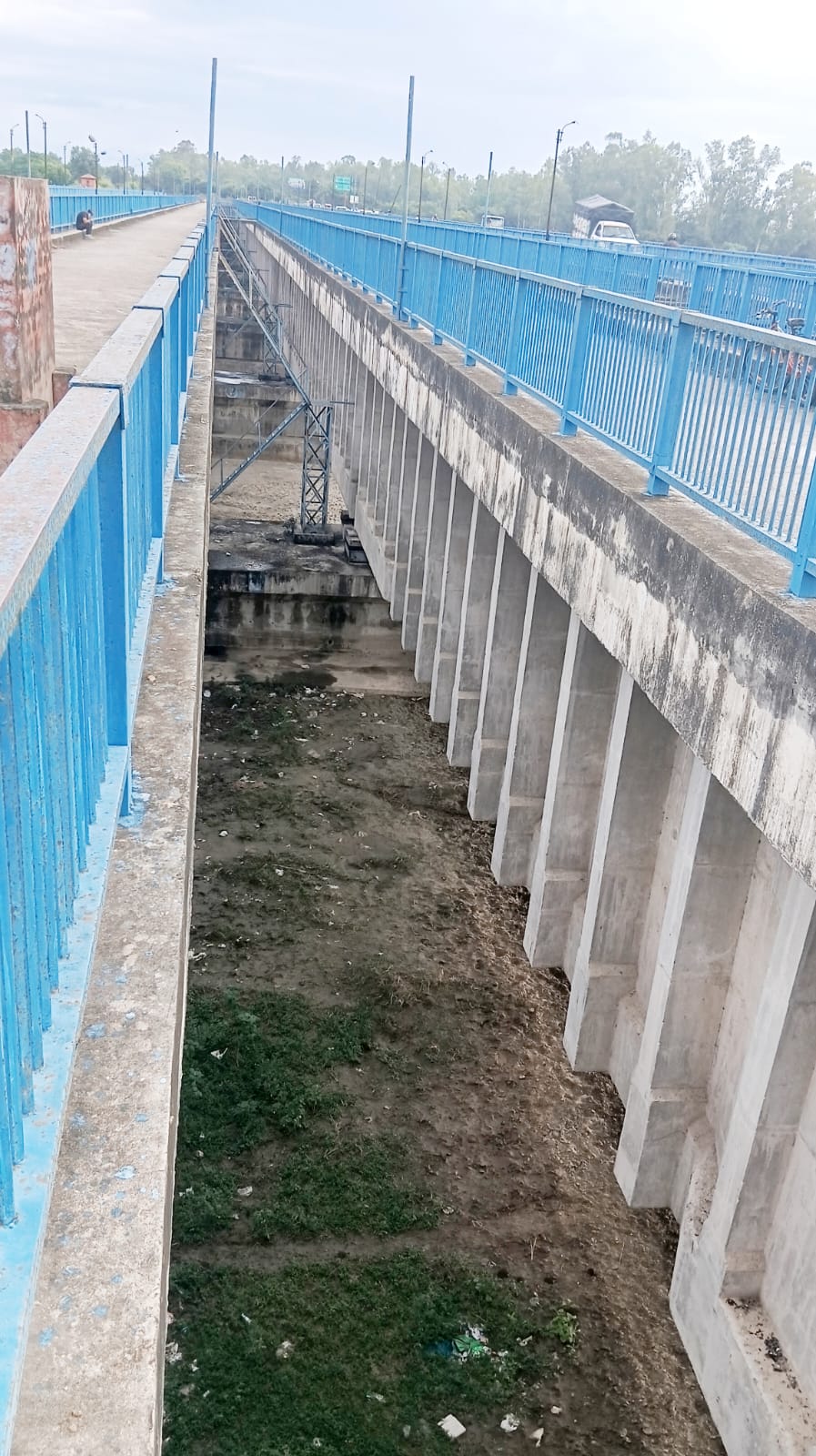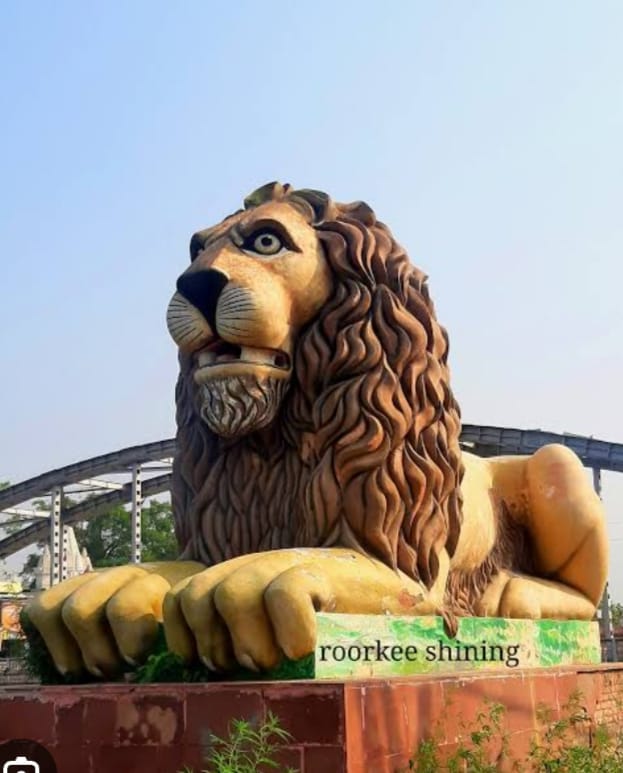By
Kaushal Kishore
Materials Engineer, Roorkee
The new Solani aqueduct on Ganges canal Roorkee was built with prestressed concrete which allows for longer spans and a simple more robust design compared to old bricks, lime- surkhi mortar masonry arches of the old aqueduct, in which 8.5 crores bricks were used, while iron railing used in the sides of two lanes were imported from England. This is interesting to note that materials bringing those days on ship from England to Indian ports take 6-10 weeks via the Suez canal or 3 to 6 months via the longer Cape of Good Hope. Calculate in it also time taken on road from Indian ports to Roorkee.
After retirement from University of now IIT Roorkee I joined M/S Roffe Construction Chemicals Pvt.Ltdd, Mumbai as it’s Chief Concrete Technologists afterwards I became it’s one of the Director.

AQUEDUCT picture taken on 7/10/2025
For the contractor of above aqueduct I designed M-40 grade of concrete with Roffe superpladticizer. Those interested may read my paper by visiting Google site and log in; Civil engineering portal The Ganges canal by Kaushal Kishore.
I had designed numerous concrete mix design almost all cements of India in this I find Utra Tech cement as one of best cement OPC and PPC both With Ultratech cement I had designed numerous concrete mixes from ordinary strength to M-80 grade concrete, self compacting concrete, shot crete concrete, fibre reinforced concrete, fly ash concrete and more There is life after retirement and after retirement I worked for 30 year’s which includes in free time working in home research and testing laboratory and numerous construction sites visits almost all India and outside India. At my age of 92 years I still work for 12 hours daily.
I had never worked for money. In spite of doing so gigantic work what to say about car I even do not have 2 wheeler not any of my house not a single inch of land in this world only pension from IIT Roorkee and few clothes

























i am student of civil engineering,,,,,there is world ,and i have to construct it,,,proud to be an engineering student.
can girls study civil engg…?
happy to be a part of these creative field
am happy to be among the part of young civil engg. Student.
iam very proud study the civil engineering iam very happy to say civil engineer
proud to be a civi’LION’
Please Get me Information related to Under water concreting work in respect of Intake structures in Irrigation projects
say loud be proud you are a civil engineer
i am very proud to study the civil engineering
I proud to say iam a civil engineer
I’m civil engineer and want to continue my study in USA and I don’t know how to do this
if any body can help me and tell me how to complete my education
and which university do this
Dear Engineers,this site very usefull to all the civil engineers , I am very glad , As I am the part of Civil Engineering site.
i am proud to study the civil engineering
at present the entire world may be in the hands of IT field but don’t forget that the IT field depends civil for their infrastructure…………….. so civil is must…………..
Iam really proud of to select the civil engineering.We are the creator of the world………….
how to protect walls from capillary action of water and algae ,dampness
before starting brick work at any floor level prepare Plain cement concrete base for about 4″ to 6″ & then construct brick wall on it.
I proud to be a civil engineer
can anyone provide IS:9142:1979 specification for artifical light weight aggregates for concrete masonry units
we are the world makers……………..
with out civil engineering there is nothing…….we serve the people………..am very proud to be a civil engineer…..